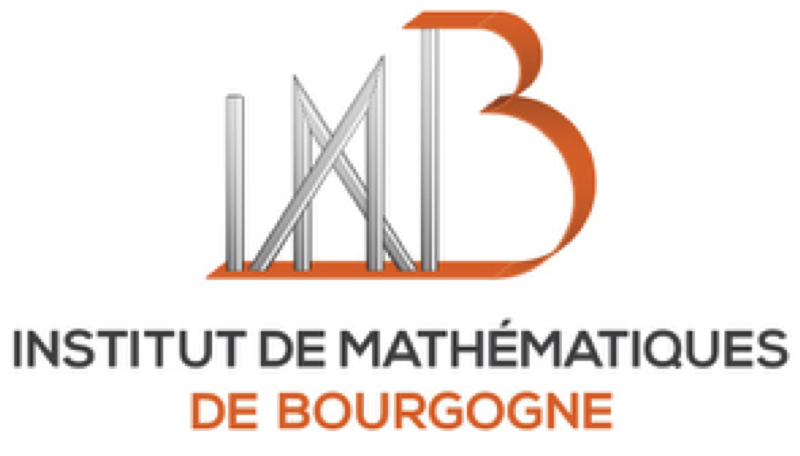Mathematical Physics of Gravity and Symmetry
→
Europe/Paris
Institut de Mathématiques de Bourgogne (IMB)
Institut de Mathématiques de Bourgogne (IMB)
Université de Bourgogne
Dijon, France
, , ,
Description
Description
This workshop aims to deliberate on recent advancements in the theory of gravity, with a particular emphasis on its symmetry aspects and related topics, such as asymptotic symmetry, black hole geometry, holography, quasi-normal modes, and quantum gravity. The objective of this workshop is to convene leading experts in these extensive fields to initiate and foster new interdisciplinary collaborations.
Speakers
Venue
Université de Bourgogne, Dijon, France
- 19 (Tuesday) & 20 (Wednesday) Novembrer 2024
- Salle R03, Maison des Sciences de l’Homme, close to tram stop "Erasme"
- 21 (Thursday) & 22 (Friday) November 2024
- Salle René Baire, Bâtiment Mirande (Aile A), close to tram stop "Université"
You may find the campus map here (Building 15 and 37) and see also the access page.
Participants



